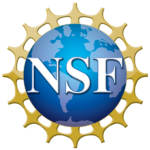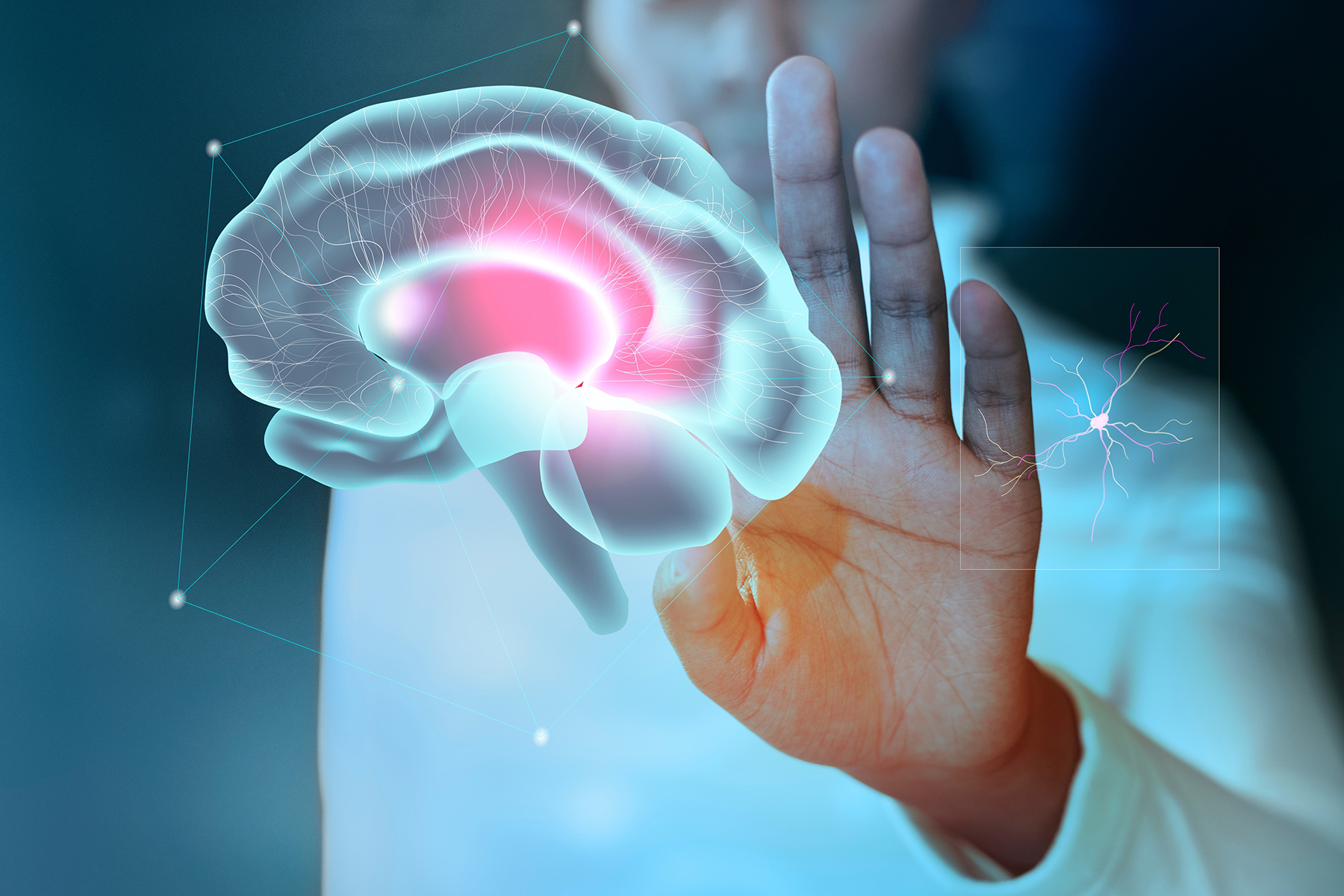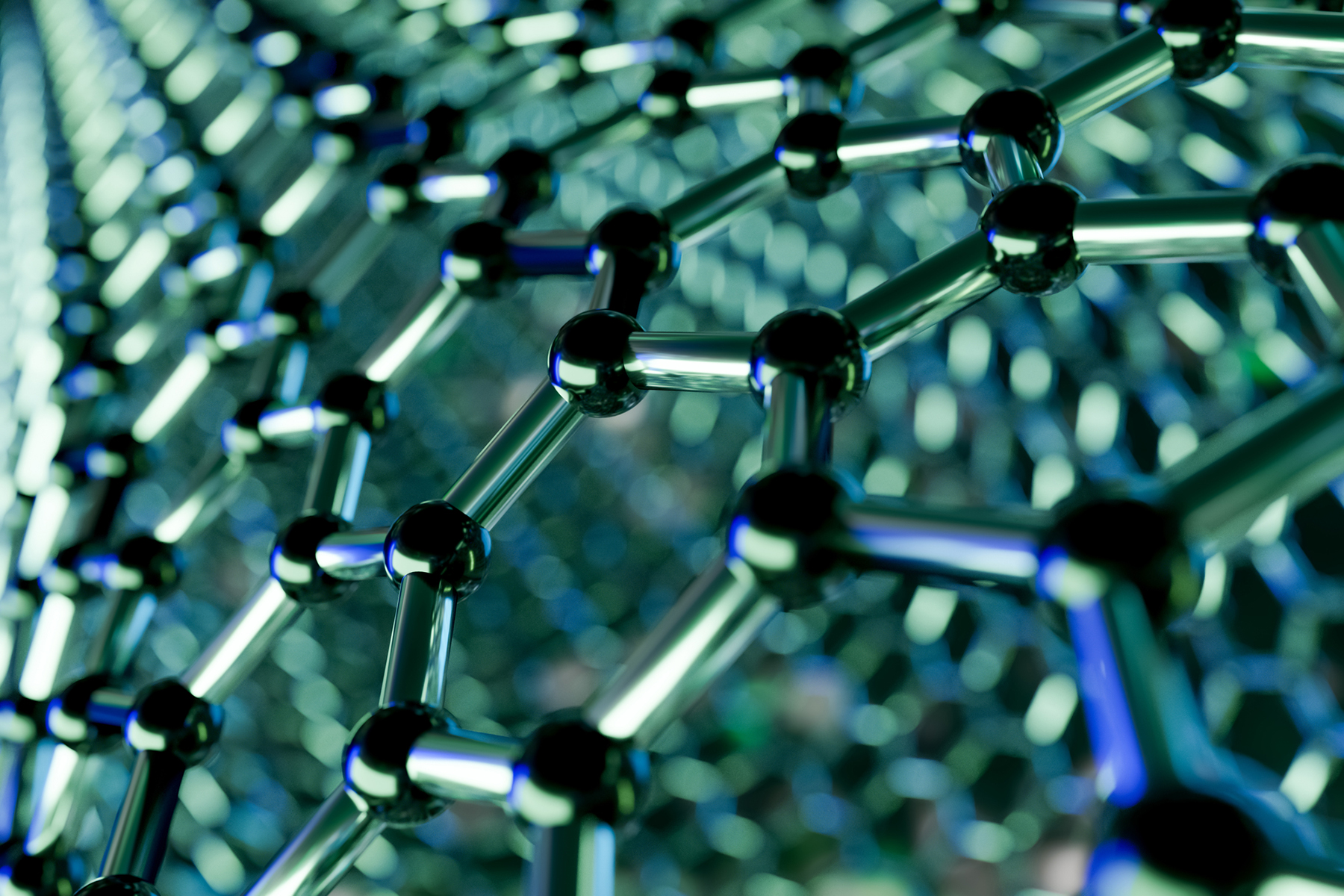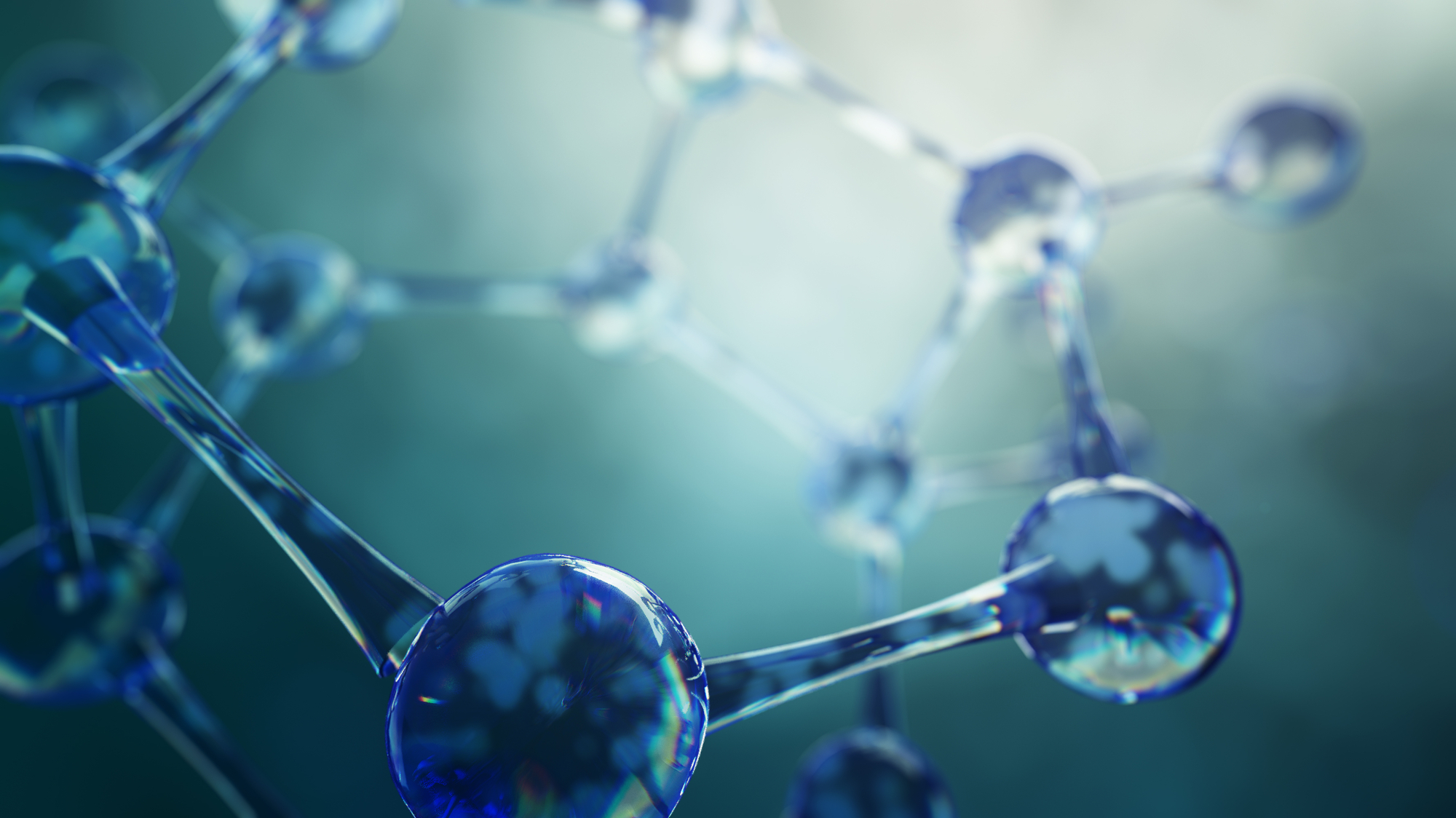Computational Biology Studies Move Researchers Closer to Treating Rare Form of Alzheimer’s Disease
University of Kansas researchers who study a rare form of Alzheimer’s disease used Expanse at the San Diego Supercomputer Center at UC San Diego to conduct studies on how mutations of a critical protein enzyme could be treated to better control thought, language and memory.











